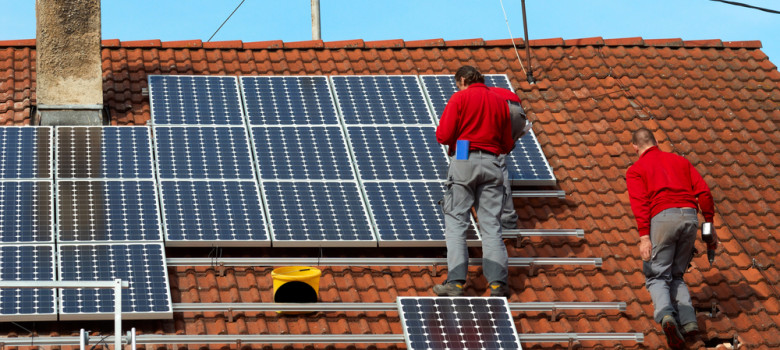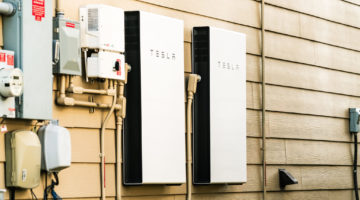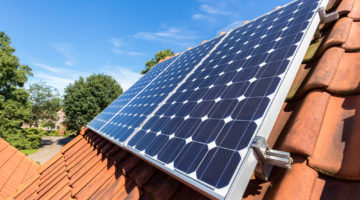
UPDATE: The Feed-In Tariff is now closed for new applications. To find out about the new scheme designed to replace it, click here.
When the Government announced plans to reduce the feed-in tariff I think it took everyone in the industry by surprise. The Government’s plan is to reduce the feed-in tariff by 85% in January 2016 – which will severely dent the financial return for those looking to invest in solar after this date.
Remember though that the ‘feed-in tariff’ that people often refer too is actually only the Generation tariff. Under the feed-in tariff umbrella there is also the export tariff. This is a payment for every unit of electricity exported back to the grid, however most people tend to ignore this for two reasons.
- The rate is relatively small compared to the Generation tariff (4.85p/kWh compared to 12.47p/kWh)
- Very few people have export meters – instead the generation meter reading is halved – so people are deemed to have exported exactly 50% of what they generate.
For this reason the payment tends to be pretty small – take for example a 3.5kW solar system – this might produce 3,200kWh of electricity per year. For producing the much electricity you would be paid £400 via the Generation tariff, but the export tariff would be just £78 (3,200 x 50% x 0.0485).
No mention of the Export Tariff in the review
In the review they only mentioned they are proposing to reduce the generation tariff – from its current level (12.47p/kWh) down to just 1.63p/kWh. There was no mention of the export tariff however.
We think potentially therefore the Government may be looking to increase this payment – remember if you want to buy electricity from the grid it is going to cost a minimum of 10p/kWh and depending on your supplier you may pay as much as 15p/kWh (British Gas!!). If the export tariff payment was doubled to 9p/kWh it would be more reflective of its market value.
What would increasing the export tariff mean?
By doing this though there would be other advantages, firstly people would install export meters, which would be a far more accurate of paying people for what they produce. The ‘deemed method’ of calculating the amount of electricity exported to the grid is fundamentally flawed because it rewards people regardless of whether they export all or none of the electricity produced back to the grid. Export meter functionality will likely be included within smart meters, so by encouraging people to make the swap they will also suddenly have half a million people who are very interested in adopting the smart meter tech in their homes.
The other thing that increasing the export tariff would achieve is to help meet overall energy demand. People would be rewarded for exporting more electricity back to the grid, so would be more open to exporting it. Right now the Government are paying commercial premises to cut electricity usage at peak times, but solar PV instead could meet these shortfalls in capacity.
Are the planned cuts fair?
We have previously discussed that we think the cut to the solar Feed-in tariff is fair – solar is almost at a point where it can stand on its own two feet without the help of subsidies. Obviously any financial return will always make things more attractive, but as energy prices continue to rise over the coming years solar will grow in popularity purely because of the energy savings that can result.
The nice thing about increasing the solar export tariff would be to pay a fair market rate for the electricity produced by households. Suddenly regardless on whether you are installing solar panels to reduce your reliance on the grid (and the need to import electricity) or because you are looking at making money by exporting electricity you have produced back to the grid at a fair market rate then there is a reason to make the initial investment. You can’t cheat the system – if you produce nothing you won’t be paid – it is simple as that.
We really hope the Government will put this into action – if not in January 2016, then in the near future, but right now we can only suggest people get solar PV installed quickly if they have any inclination to get it at some point in the future. The current financial returns for installing solar PV are significant and therefore if you want to lock in a tax free return you need to act fast!
UPDATE: The Feed-In Tariff is now closed for new applications. To find out about the new scheme designed to replace it, click here.












No Comments yet! Be the first one.